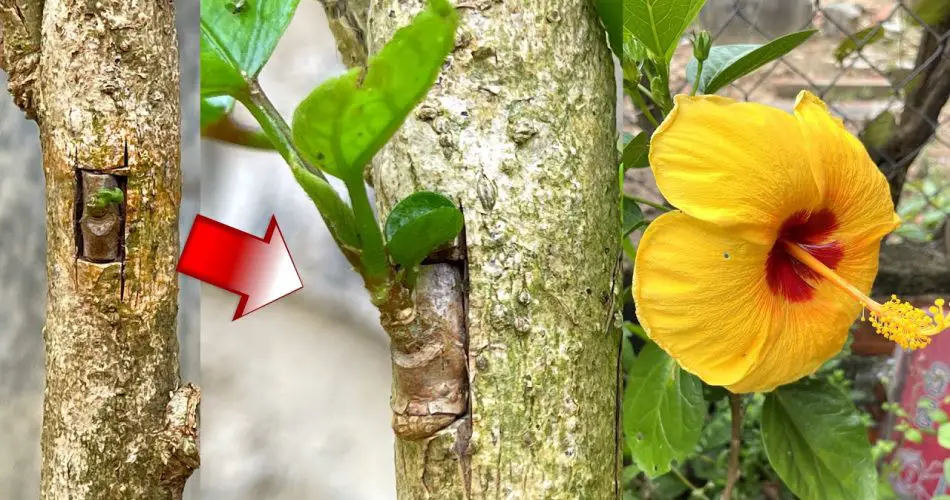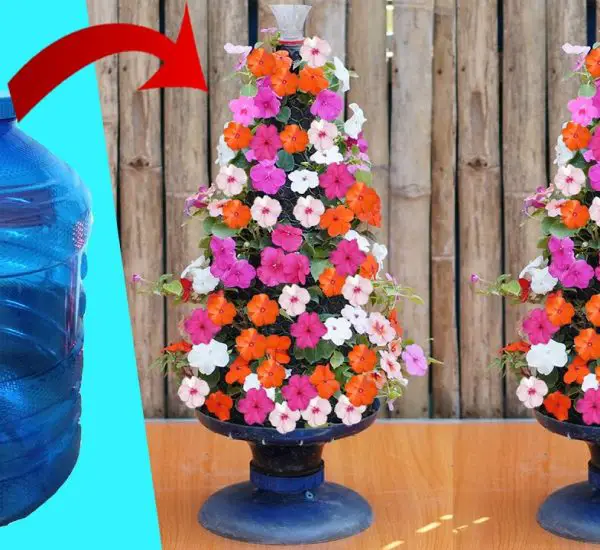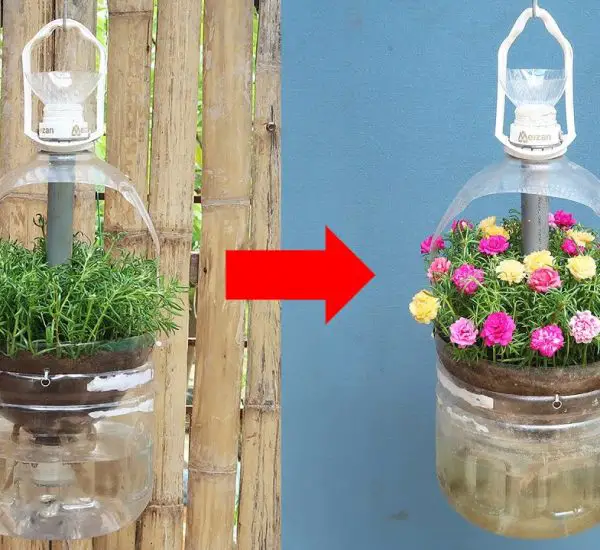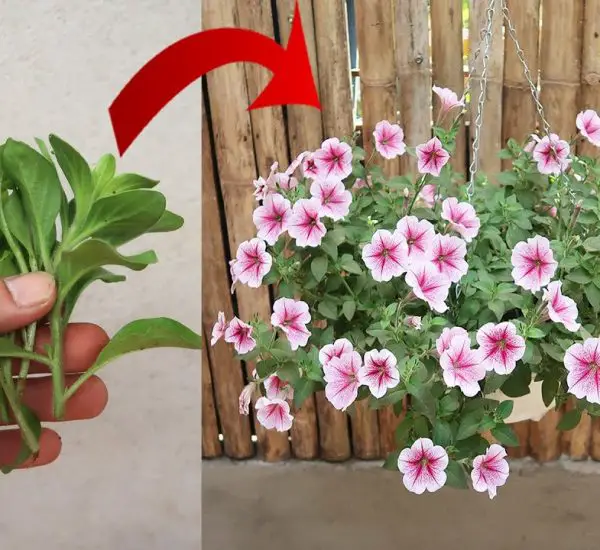Hibiscus flowers are known for their vibrant colors and large, showy petals that bring beauty to any garden or landscape. One of the best ways to propagate and enhance your hibiscus plants is through grafting. This technique allows you to combine different varieties of hibiscus or improve the growth of your tree by grafting them onto strong rootstocks. In this article, we will explore two types of hibiscus grafting on a tree and provide you with useful tips for successfully planting and caring for your hibiscus flowers.

What Is Grafting and Why Use It for Hibiscus?
Grafting is a horticultural technique where tissues from two different plants are joined together to grow as one. For hibiscus, grafting allows you to combine desirable characteristics from different varieties or species onto a single root system. This results in faster growth, better resistance to diseases, and the ability to grow multiple varieties of hibiscus on the same tree.
Grafting is particularly useful when you want to create a tree with various colors of hibiscus flowers or if you’re aiming to improve the health and vigorousness of your plants. Here are the two types of hibiscus grafting commonly used:
1. Approach Grafting
Approach grafting is a straightforward and effective method for grafting hibiscus onto a tree or another plant. This technique involves joining two plants together at their stems so that they are still growing independently while being connected at the graft site. Over time, the tissues from both plants will merge, and they will begin to grow as one unified plant.
How to Perform Approach Grafting on Hibiscus:
- Choose two healthy hibiscus plants—one as the rootstock and the other as the scion (the part you want to graft onto the rootstock).
- Make an incision on both plants’ stems, ensuring that the cuts are aligned so the tissues can connect. The cuts should be sharp and clean to minimize damage.
- Join the two stems together by placing them side by side and ensuring the cambium layers (the tissue responsible for growth) from both plants are in contact.
- Secure the union with grafting tape or a similar material. Keep the grafted plants in a humid environment and provide adequate water and nutrients.
- After a few weeks, once the graft has taken and the tissues have fused, you can separate the scion from its original plant and allow the hibiscus to grow as a single tree with multiple flowering varieties.
2. T-budding Grafting
T-budding grafting is another popular method used for grafting hibiscus flowers. In this technique, a small “T-shaped” incision is made on the rootstock plant, and a bud from a different hibiscus variety is inserted into the incision. The rootstock will nurture the bud, allowing it to grow and bloom as a new plant variety.
How to Perform T-Budding Grafting on Hibiscus:
- Select a healthy rootstock hibiscus plant with a strong stem.
- Prepare the bud by cutting a small bud from another hibiscus plant that you want to graft onto the rootstock. The bud should have a healthy and visible eye (the area where the new shoot will grow).
- On the rootstock, make a T-shaped incision in the bark using a sharp knife, about 3-4 inches above the soil line.
- Insert the bud into the T-shaped cut, making sure the bud is placed just under the bark.
- Wrap the area with grafting tape to hold the bud securely in place and keep it from drying out.
- Keep the grafted area in a moist environment, and check regularly to ensure the bud is taking. After a few weeks, you should begin to see new growth from the bud.
- Once the bud has successfully grown, remove the tape and allow the new hibiscus branch to grow.
Benefits of Grafting Hibiscus on Trees
- Increased variety: Grafting allows you to have multiple hibiscus varieties growing on a single tree. This is especially useful for gardeners who love colorful flowers and want to create a diverse and visually striking garden.
- Stronger root systems: By grafting onto a hardy rootstock, you can improve the overall health and resilience of your hibiscus tree. Stronger roots can withstand drought, disease, and pests better than a single variety.
- Faster blooming: Grafting can encourage faster growth and quicker blooming times, allowing you to enjoy hibiscus flowers in multiple colors all year round.
How to Care for Your Grafted Hibiscus Tree
After performing grafting on your hibiscus tree, it’s important to provide proper care to ensure healthy growth and vibrant blooms.
1. Provide Adequate Watering
Hibiscus plants require consistent watering, especially when newly grafted. Ensure the soil remains moist, but not soggy, as excess water can lead to root rot.
2. Prune Regularly
Pruning your hibiscus tree helps maintain its shape and encourages new growth. Be sure to remove any dead or damaged branches, and shape the tree to your liking.
3. Fertilize Monthly
To promote healthy growth and vibrant blooms, fertilize your hibiscus tree with a balanced, slow-release fertilizer. Apply the fertilizer once a month during the growing season.
4. Provide Sunlight
Hibiscus trees thrive in full sunlight. Ensure your tree receives at least 6-8 hours of direct sunlight each day to encourage the best flower production.
5. Protect from Pests
While hibiscus plants are relatively hardy, they can still be susceptible to pests like aphids and whiteflies. Keep an eye on your plant and treat any pest infestations promptly.
Conclusion
Grafting hibiscus onto a tree is a fantastic way to create a multi-variety hibiscus tree that produces beautiful flowers with ease. Whether you choose approach grafting or T-budding, both methods offer excellent ways to propagate and enhance your hibiscus plants. With a little care and attention, your grafted hibiscus tree will thrive and produce stunning blooms, adding a colorful touch to your garden or landscape.



